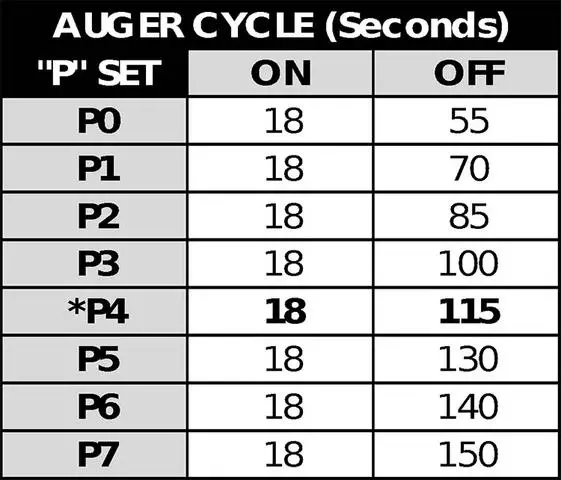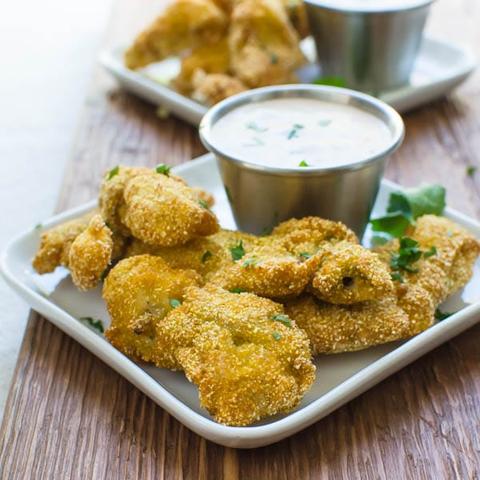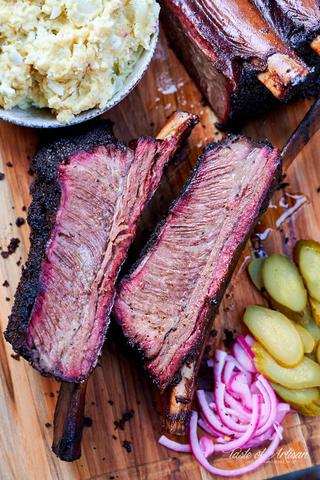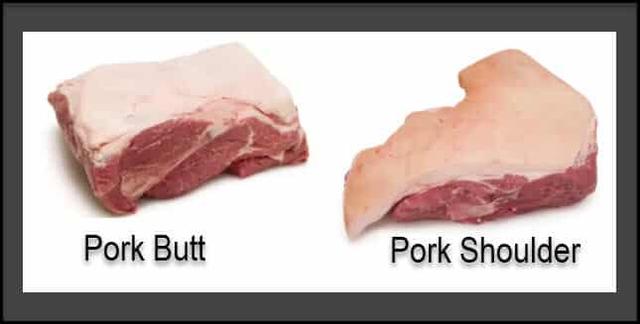
“Pork Shoulder vs Pork Butt: Unraveling the Meaty Mystery – Discover the key differences between these two popular cuts of pork, demystifying their unique qualities and cooking techniques. Whether you’re a novice or an avid cook, this guide will help you navigate the world of succulent flavors and tender textures, ensuring your next pork-based dish is a culinary masterpiece.”
Pork Shoulder vs Pork Butt: What is the Difference?

When it comes to pork shoulder vs pork butt, there are a few key differences that can help you decide which cut of meat to choose. Pork butt comes from the upper shoulder of the pig and has a higher fat content, making it perfect for dishes like stews and pulled pork. On the other hand, pork shoulder comes from the lower part of the shoulder and has more muscle, making it ideal for roasts and sliced pork.
One noticeable difference between these cuts is their fat content. Pork butt has more marbling throughout, which contributes to its tenderness and juiciness when cooked slowly. Pork shoulder, on the other hand, has less intramuscular fat and marbling, resulting in a leaner cut with a more pronounced pork flavor.
Another difference lies in how these cuts are used in cooking. Due to its higher fat content, pork butt is often used for dishes that require long, slow cooking methods like smoking or braising. This helps break down the connective tissues and render a succulent and tender meat. Pork shoulder, on the other hand, is great for making roasts with crispy skin or serving sliced pork due to its firmer texture.
What is the Difference Between Pork Shoulder vs Pork Butt?
Pork shoulder and pork butt are both cuts of meat that come from the shoulder of a pig. However, there are some key differences between the two. Pork butt, also known as Boston butt, comes from the upper part of the shoulder and has a higher fat content. It is often used to make pulled pork because of its tenderness and juiciness.
Pork shoulder, on the other hand, comes from lower down the arm and has more muscle and less fat. It is often sold with the skin on and is used for making roasts that require crispy skin. While both cuts can be used to make pulled pork, pork butt is generally preferred because of its higher fat content, which helps prevent the meat from drying out.
What is Pork Shoulder?
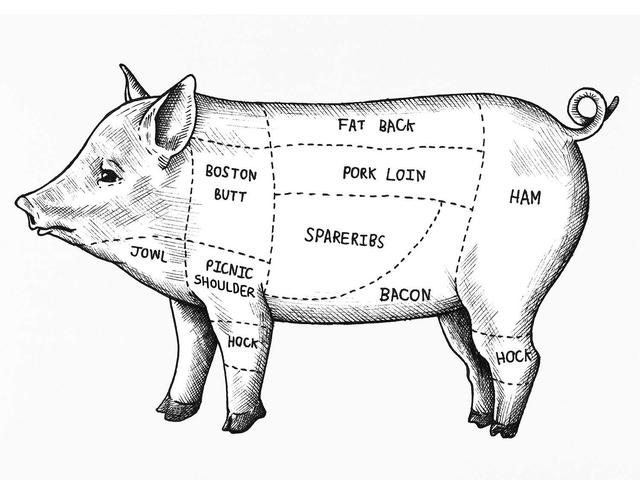
Pork shoulder, also known as picnic roast or picnic shoulder, is the primal cut of the pig’s shoulder above the forelegs. It is often sold boneless and rolled in netting, with the skin on. The pork shoulder has less intramuscular fat and marbling compared to pork butt, which translates into the amount of fat and tenderness the meat will have once cooked.
The meat from a pork shoulder has a more pronounced pork flavor than leaner cuts like pork chops due to its higher fat content. It is best cooked low and slow, as the gelatin breaks down the collagen and melts the fat during cooking. This results in a very tender cut that is ideal for making roasts with crispy skin.
What is Pork Butt
Pork butt, also known as Boston butt, is the upper portion of a pig’s shoulder. It is a fattier cut with more marbling throughout the meat. Pork butt is often used to make pulled pork because of its high fat content, which makes the meat tender and juicy instead of dry and stringy. The cut usually includes a fat cap on the side and is typically sold bone-in without the skin.
Pork butt benefits from slow cooking methods like smoking or braising, which help break down the connective tissue and make the meat tender. The increased fat content in pork butt also prevents it from drying out at higher temperatures. It is best used for stews or when you want succulent, fall-apart meat, making it perfect for roast pork sandwiches.
In comparison to pork shoulder, pork butt has more fat marbling throughout and is a more uniform cut. This makes it ideal for making pulled pork that is flavorful and tender. If you want to avoid any chance of dryness in your dish, choosing pork butt over other cuts is recommended.
Is Pork Shoulder Better Than Pork Butt?
When it comes to choosing between pork shoulder and pork butt, it really depends on what you are looking for in a cut of meat. Both cuts have their own unique qualities that make them suitable for different dishes.
Pork shoulder is a leaner cut with less fat and more muscle. It has a stronger pork flavor and is best cooked low and slow to break down the collagen and melt the fat, resulting in a tender and flavorful roast. It is often sold with the skin on, making it perfect for dishes that require crispy skin.
On the other hand, pork butt is known for its higher fat content and marbling throughout the meat. This makes it ideal for stews and pulled pork, as the fat keeps the meat juicy and prevents it from drying out during cooking. Pork butt is often sold bone-in with no skin.
In terms of taste and texture, both cuts can be delicious when prepared correctly. However, if you want a succulent, juicy fall-apart meat, pork butt is generally considered the better choice. Its higher fat content ensures moistness even at higher temperatures.
Pork Butt: When To Use It
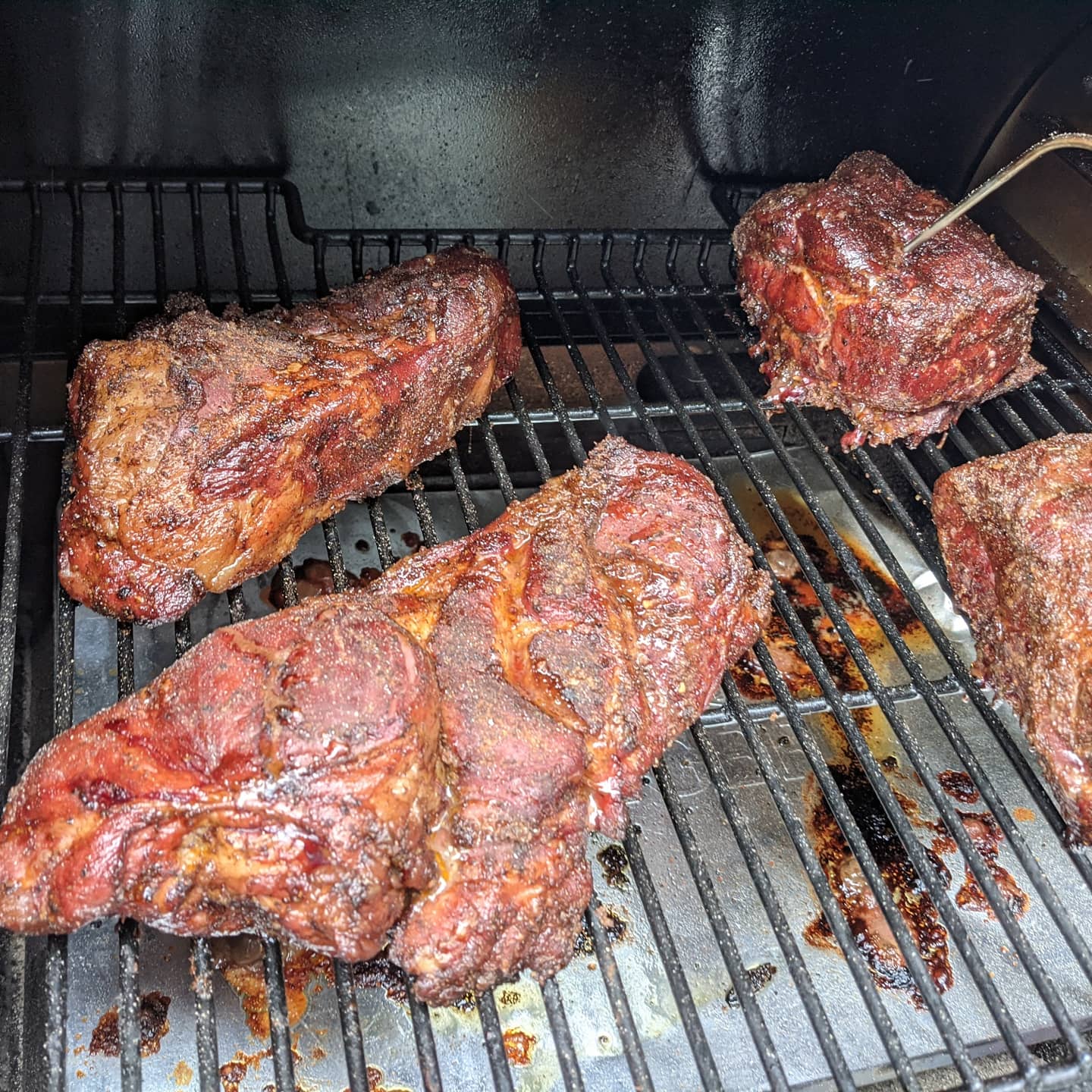
Pork butt, also known as Boston butt, is the ideal cut of meat to use when you want to make pulled pork. Its high fat content and marbling make the meat tender and juicy, rather than dry and stringy. Slow cooking methods such as smoking or braising are necessary to break down the connective tissue in pork butt and make it nice and tender. The increased fat content also prevents it from drying out at higher temperatures. Pork butt is best used for stews, braises, and making succulent pulled pork for sandwiches or tacos.
Pork Shoulders: When to Use It
Pork shoulder is a versatile cut of meat that is best suited for slow cooking methods, such as roasting, stewing, and braising. The higher collagen content in pork shoulder requires a longer cooking time to break down and become tender. This makes it ideal for dishes like pulled pork, where the meat is cooked low and slow until it can be easily shredded.
Pork shoulder is also great for making roasts with crispy skin. The fat content in this cut of meat helps to keep it moist and flavorful during the cooking process. Whether you’re making a classic Sunday roast or a festive holiday meal, pork shoulder is a reliable choice.
Additionally, pork shoulder is often used in recipes that call for sliced pork. Its firm texture holds up well when sliced, and it doesn’t have large pockets of fat that can be off-putting to some eaters. Consider using pork shoulder when you want to serve tender slices of pork with rich flavor.
FAQs
1. What is the difference between pork shoulder and pork butt?
The main difference between pork shoulder and pork butt is their location on the pig’s shoulder. Pork butt comes from the upper part of the shoulder and has a higher-fat content, while pork shoulder comes from lower down the arm and has more muscle and less fat.
2. Can you make pulled pork from any cut of pork?
Pulled pork can be made from both cuts: the pork shoulder and the pork butt. Both cuts have sufficient fat content to make flavorful and tender pulled pork. However, if you want to avoid any chance of the meat being dry, it is recommended to choose the pork butt.
3. How should I cook pork shoulder and pork butt?
Both cuts benefit from long, slow cooking methods such as roasting, stewing, or braising because they are relatively tough and fatty. For a roast, simply season the meat and cook it in the oven or Instant Pot for an extended period of time to break down the connective tissue and render a tender and juicy roast.
4. Can I make pulled pork from other cuts of pork?
While it is technically possible to make pulled pork from other cuts such as pork steaks or tenderloin, these cuts will be much drier compared to using either pork shoulder or pork butt.
5. Which cut is more popular – pork butt or pork shoulder?
Pork butt tends to be more popular due to its higher fat content and marbling throughout, which makes it ideal for stews, braises, and making succulent pulled pork for sandwiches or tacos.
6. Does one cut have a different taste or texture compared to the other?
Both cuts have similar primal cuts on the shoulders of the pig, so an undiscerning eater might not notice a significant difference in taste or texture. However, pork shoulder generally contains less fat and is more burdensome and chewier, while pork butt has more intramuscular fat yielding a slice of softer and more tender meat.
Is Pork Shoulder the Same as Pork Butt?
No, pork shoulder and pork butt are not the same cuts of meat. While both cuts come from the shoulder of the pig, they are different in terms of their location on the shoulder and their fat content. Pork butt comes from the upper part of the shoulder and has a higher fat content, which makes it ideal for stews and pulled pork. On the other hand, pork shoulder comes from lower down the arm and has more muscle and less fat, making it better suited for roasting and slicing. So while they are similar in some ways, they have distinct characteristics that make them suitable for different cooking methods.
Is It Possible To Make Pulled Pork From Any Cut Of Pork?
Yes, it is possible to make pulled pork from any cut of pork. However, some cuts are better suited for making pulled pork than others. The best cuts for making pulled pork are the pork shoulder and pork butt. These cuts have a higher fat content and more marbling, which helps keep the meat tender and juicy during the slow cooking process.
You can technically make pulled pork from other cuts of pork, such as pork steaks or tenderloin, but they will be much drier and less flavorful compared to using the shoulder or butt. The fat content in these cuts helps keep the meat moist and adds flavor to the final dish.
How Do You Make Boston Butt Pork Roasts?
To make a Boston Butt pork roast, you will need to season the roast and then cook it for an extended period of time to break down the connective tissue and render a tender and juicy roast. The fat and skin can be left on if desired.
Here are the steps to make a delicious Boston Butt pork roast:
- Preheat your oven or smoker to 225-250°F (107-121°C).
- Season the pork roast with your favorite dry rub or marinade. You can use a store-bought seasoning blend or make your own with spices like paprika, garlic powder, onion powder, salt, and pepper.
- Place the seasoned roast on a rack in a roasting pan or directly on the grates of your smoker.
- Cook the roast low and slow for about 1.5 to 2 hours per pound, or until it reaches an internal temperature of 195-205°F (90-96°C). This slow cooking method will help break down the connective tissue and make the meat tender.
- Once cooked, remove the roast from the oven or smoker and let it rest for about 30 minutes before slicing or pulling apart with forks.
The resulting Boston Butt pork roast will be flavorful, tender, and juicy. It can be served as is, sliced for sandwiches, or pulled apart for tacos or BBQ pulled pork.
Conclusion
In conclusion, the main difference between pork shoulder and pork butt is their location on the pig’s shoulder and the fat content. Pork butt comes from the upper part of the shoulder and has a higher-fat content, while pork shoulder comes from lower down the arm and has more muscle and less fat. Both cuts can be used to make pulled pork, but pork butt is generally preferred due to its higher fat content, which makes the meat more tender and juicy.
Pork shoulder is better suited for roasting or making sliced pork dishes as it stays together more firmly and doesn’t have large pockets of fat. It is often sold with the skin on, making it ideal for recipes that require crackling-crisp skin. On the other hand, pork butt is commonly used for stews or when a succulent, fall-apart texture is desired.
While both cuts benefit from long, slow cooking methods to break down toughness and render fat, pork butt tends to be more popular due to its marbling and uniform shape. Ultimately, the choice between pork shoulder and pork butt depends on personal preference and the specific recipe being prepared.
In conclusion, while the terms “pork shoulder” and “pork butt” are often used interchangeably, they actually refer to different cuts of meat. Pork shoulder is taken from the upper part of the front leg, while pork butt comes from the upper part of the shoulder. Both cuts are delicious and versatile, but they have slight differences in texture and fat content. Ultimately, it depends on personal preference and cooking method when choosing between pork shoulder or pork butt for your next meal.
Learn More About Grilling
If you want to learn more about grilling, check out these other helpful resources!

